The preferred tools for car respraying are LVLP pistols. The industry's experts use their pressure relief valve, delicate atomization, and precise distribution to deliver the topmost coating mainstays of complete, sparkly surface coatings and pearls, which guarantee a sale of the product finish.
The procedure can be difficult and daunting for a beginner in motor spraying. After all, if your automobile is their proudest achievement, you would not want to ruin it with a terrible paint job. But with a few simple instructions, the right tools, and some practice, even you can master the art of LVLP spraying automobiles.
Unless you're only spraying your car with numbers for a destruction derby, forget about using brushes or rollers. These manual techniques will only result in uneven coverage, shed bristles, obvious brush and roller stipple, and shout to the globe that someone tried a foolish DIY paint recoat. Additionally, airless machines are entirely out of the question since, with over 3000 PSI of force, they can dent delicate metals chassis as well as the strip of the primer. You can employ a turbine machine; however, make sure it has a tip that is suitable for smooth atomization and propelled by many fan stages, like the Fuji Spray Mini-Mite 5. Instead, you might use a compressor unit that is intended for touch-ups.
How to start guide
Supposedly, your spraying space should have been set up because if you're ready to start LVLP painting and you've already used an HVLP gun to prime your automobile, which calls for a clean workspace. If you tried to be a wild maverick and disregarded this important procedure, fix it right now! I've outlined the processes for the perfect painting environment below, but if you're interested in more information, check out the sections on tape off, sanding, filling, priming, and using HVLP equipment.
- Setting up the space: Put on your safety gear, such as gloves, overalls, goggles, and a mask, because cleaning up some areas can be nasty and dusty. Think carefully about where you intend to spray; never try to paint your car outside if you don't want the three-tone shimmering to be covered in dust, grit, stuck-on leaves, or even slowly decomposing insects. Choose an interior location, like a garage, a garden pavilion with four sides, or an inflated spray booth. If you're not utilizing a gasoline-powered compressor, be sure your spraying area has access to electricity.
- Equipment set: Begin by getting your LVLP gun plus compressor ready according to the assembly specifications. A fast reference guide on Trying To set up and Use a Compressed Gun has been written by me, even though the setup with each gun and equipment will differ significantly among models and makes. For specialized automotive coatings mediums, there is typically no need to dilute the paint; doing so is explicitly discouraged because these paints are made to provide another even, fine, highly water-resistant top coat. Pour the mixture of the paints into the brush cup. I advise using a painting pourer and filters to minimize mess and ensure a flawless finish. Affix to the weapon.
- Always finish each portion, as mentioned earlier: before stopping for a glass of caffeine or a trip to the restroom. As you'll be spraying wet paint on a dry/mostly dried coat, partially having to cover the hood, having checked your Instagram, and then trying to return to complete the process will result in an imbalanced coat or contiguous marks.
Spray with prolonged, slow, constant, side-to-side passes at a depth of 8–12 inches. To avoid thinning, the successive step should roughly 30–50% overlap the one before it.
Always ensure your LVLP weapon is horizontal to the sample surface and maintained at a distance equal to avoid repainting in arcs.
- Unless you're only spraying your car: with a number for a destruction derby, forget about using brushes or rollers. These manual techniques will only result in uneven coverage, shed bristles, and obvious brush and roller stipple, and therefore will yell to the globe that someone tried a foolish DIY paint recoat. Additionally, airless machines are entirely out of the question since, with over 3000 PSI of force, they can dent delicate metals chassis and a strip of primer. You can employ a turbine machine; however, make damn sure it has a tip that is suitable for perfect atomization and is propelled by many fan stages, like the Fuji Spray Mini-Mite 5. Instead, you might use a compressor unit that is intended for touch-ups.
Bottom Line
You need an LVLP gun if you want professional-level automotive spraying. These tremendous shooters guarantee that your automobile will look as though it has just been pulled off the concourse of a new car dealership by offering the most precise control, cleanest atomization, and purest finish in the whole authority category. Indeed, it's not as simple as painting a fence or waterproof decking. But with a little perseverance, practice, and this how-to manual, you'll be able to save yourself several thousand dollars at the neighborhood body shop and feel tremendous pleasure in the fact that your car turned out fantastic, thanks to your outstanding efforts. I hope you have liked reading this blog on using an LVLP spray gun to paint a car. If so, please share it with any of your car-loving friends.

